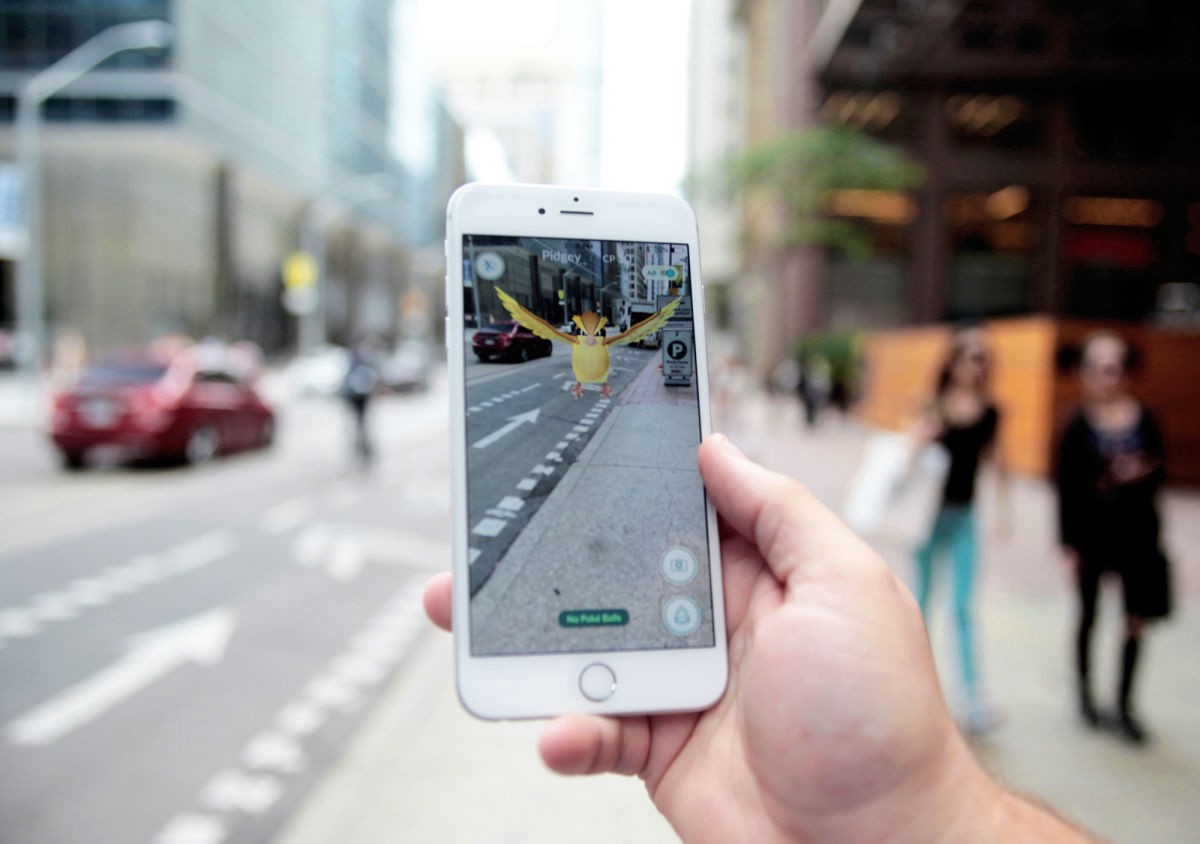I have been an avid viewer of Black Mirror for a while, the British sci-fi series that explores the darker implications of advanced technology. While I am certainly entertained by the show’s disquieting plots, I am simultaneously horrified by its proximity to our existing cyberspace concerns. In particular, the episode “Playtest” delves into the world of reality augmentation and the ethical implications of pushing boundaries in horror video gaming.
The episode follows Cooper, our protagonist who finds himself in desperate need of some money while backpacking through Europe. To make a quick earning, he takes on a gig as a playtester for a new augmented reality game, SaitoGemu. The implantation of a brain chip facilitates a personalized VR-style horror game experience, where Cooper is thrown into a mansion simulation filled with terrifying scenarios designed to evoke fear. The line between reality and game thus begins to blur, as he is now immersed in augmented worlds that feel just as real as the physical one.
Cooper’s conscience is tricked into believing a false construction, questioning how hyperreality impacts our sense of self. Regardless of whether he is actually in the game world or not, his mind is under the impression that what he is experiencing poses a genuine threat to his wellbeing.
Perhaps this is all that it takes for something to be considered reality – the legitimate belief that what one is experiencing in that very moment is the truth. At one point in the game, Cooper even endures what appears to be intense physical pain, grounding our conceptions of reality in the corporeal form. This is complicated when (spoilers ahead) he is unable to exit the game, and the audience discovers he has died from an implant malfunction frying his brain.
During my rewatching of “Playtest”, I was distinctly reminded of Jesper Juul’s guidelines for what constitutes a game, where a main component of the definition involves the consequences of the activity being both optional and negotiable. It’s difficult to imagine that Cooper was fully aware of the psychological duress he would be placed under, and given how unpredictable our consciousness can be, I wonder whether the fear the game capitalizes on and triggers is truly optional. This places SaitoGemu’s classification as a real game under fire, especially when we consider the safety of its design.
As someone who despises the horror genre in any medium, the idea of willingly participating in something like SaitoGemu seems impossible for me. While my instinctive reaction is to wonder what the appeal could be, I understand that there’s an addictive and even enticing element of horror that resonates with people. As VR and simulation games grow scarily advanced, I worry these tools may be weaponized, especially if this technology is placed in the hands of those with questionable or malicious intent. The concept of corporations turning fear into a commodity is perhaps one of the most alarming takeaways that left me with an inexplicable sense of dread at the episode’s conclusion. I wonder to what extent are we willing to go in the name of entertainment, especially given how the technology in “Playtest” taps into the most intimate corners of the player’s mind.
This new frontier of gaming technology ultimately poses questions on the potential ethical ramifications of our future, ones that may arise sooner than we might even anticipate. For instance, the monetary incentive of participating in the SaitoGemu experiment mirrors some of our present-day socioeconomic inequities regarding who is most vulnerable, as was the case for Cooper in his financially desperate circumstance. Does the implementation of pioneering technology only exacerbate existing social dilemmas? Is it possible to break from them entirely?
Rachel Lee









You must be logged in to post a comment.